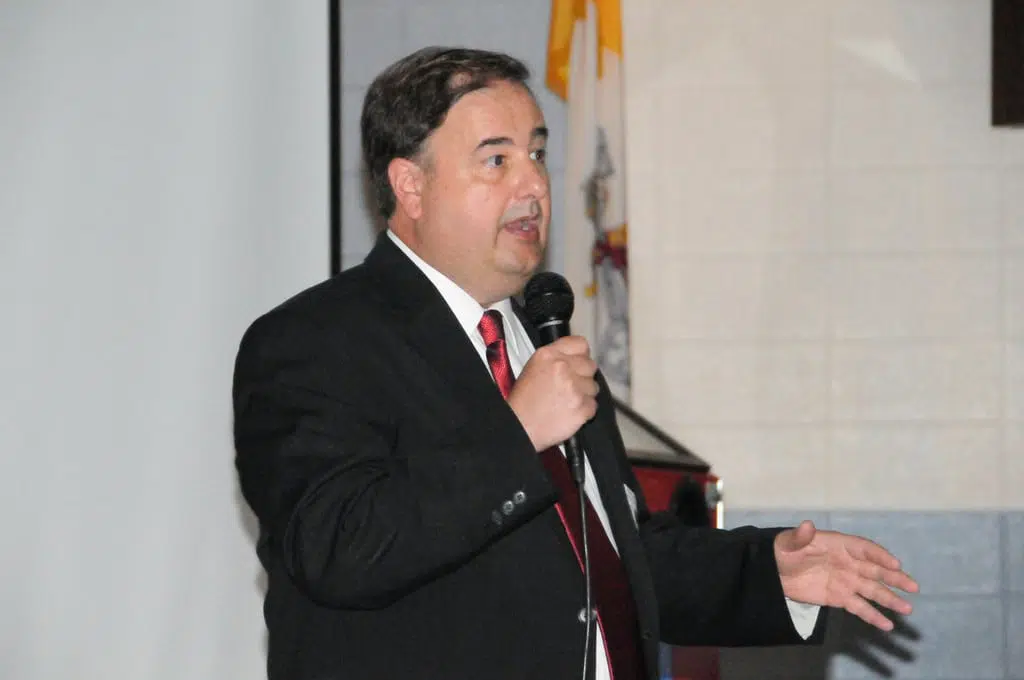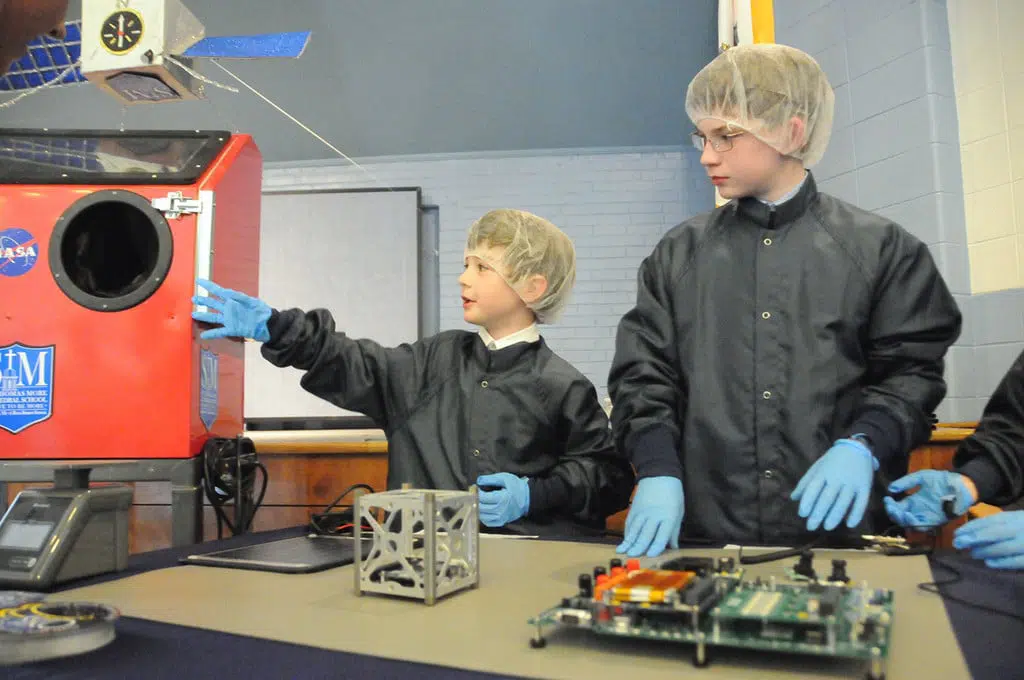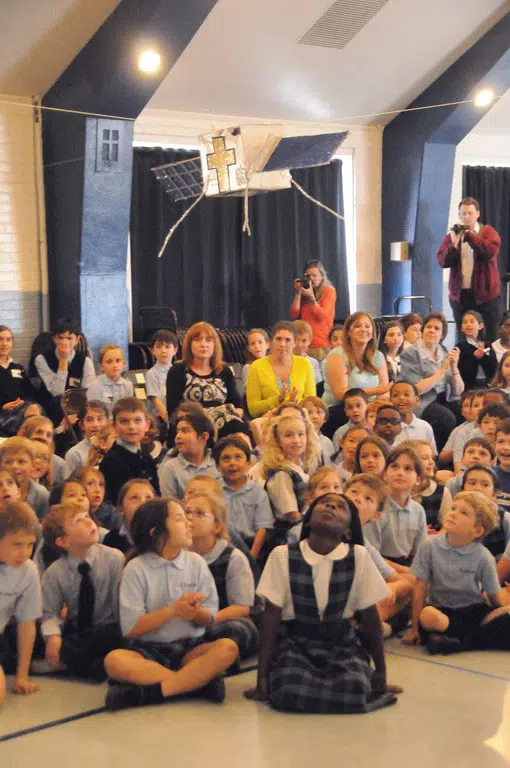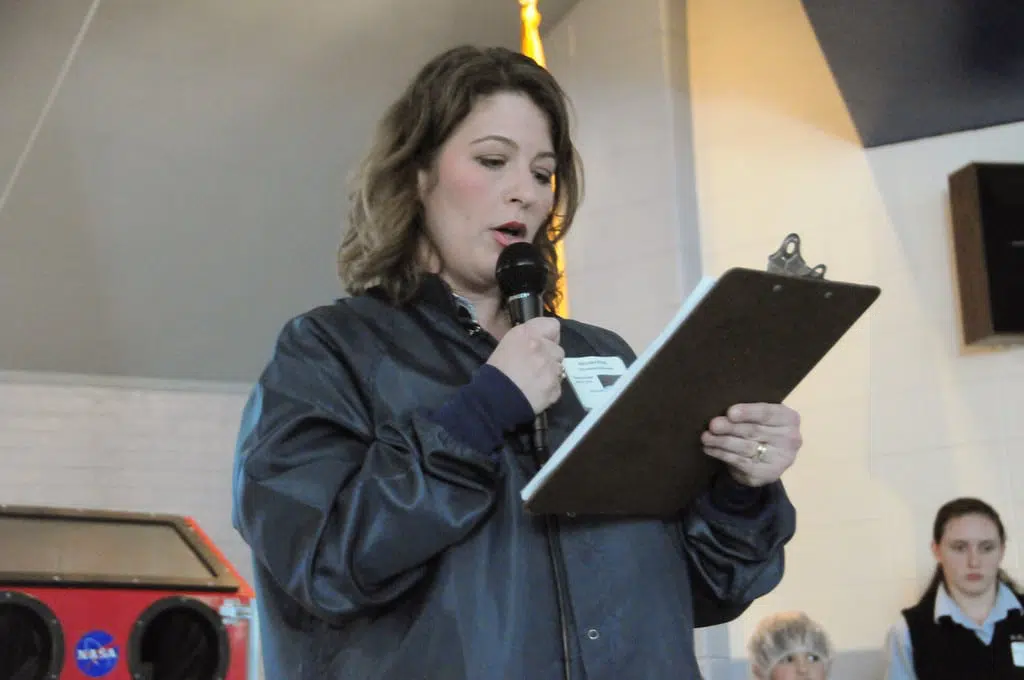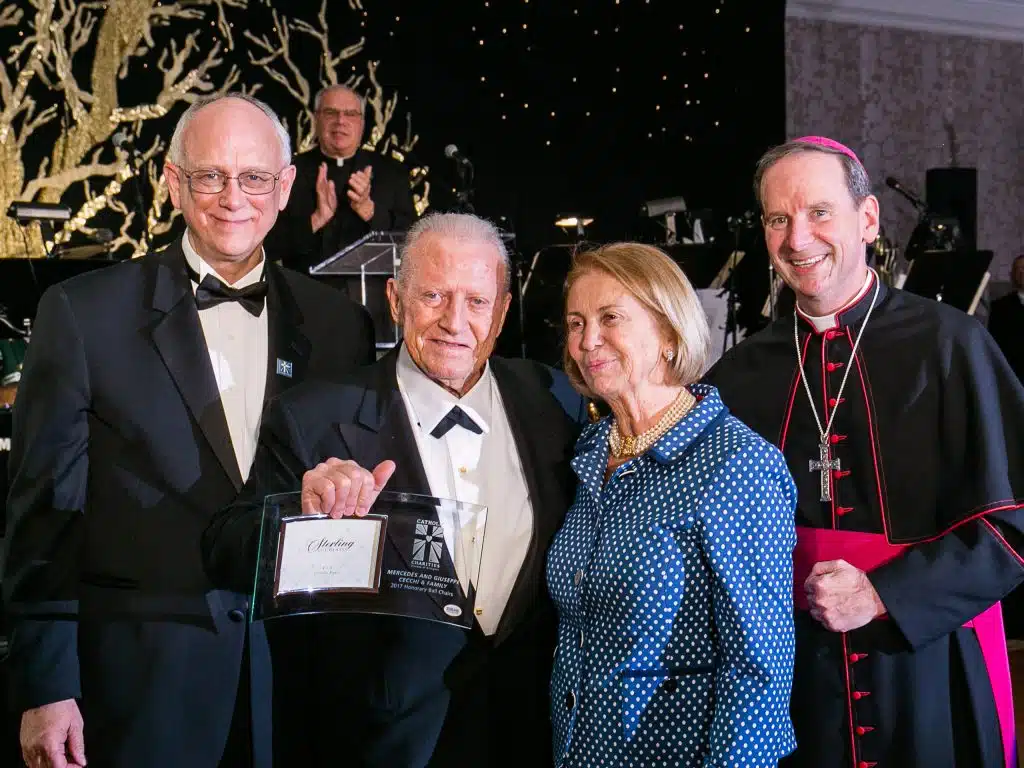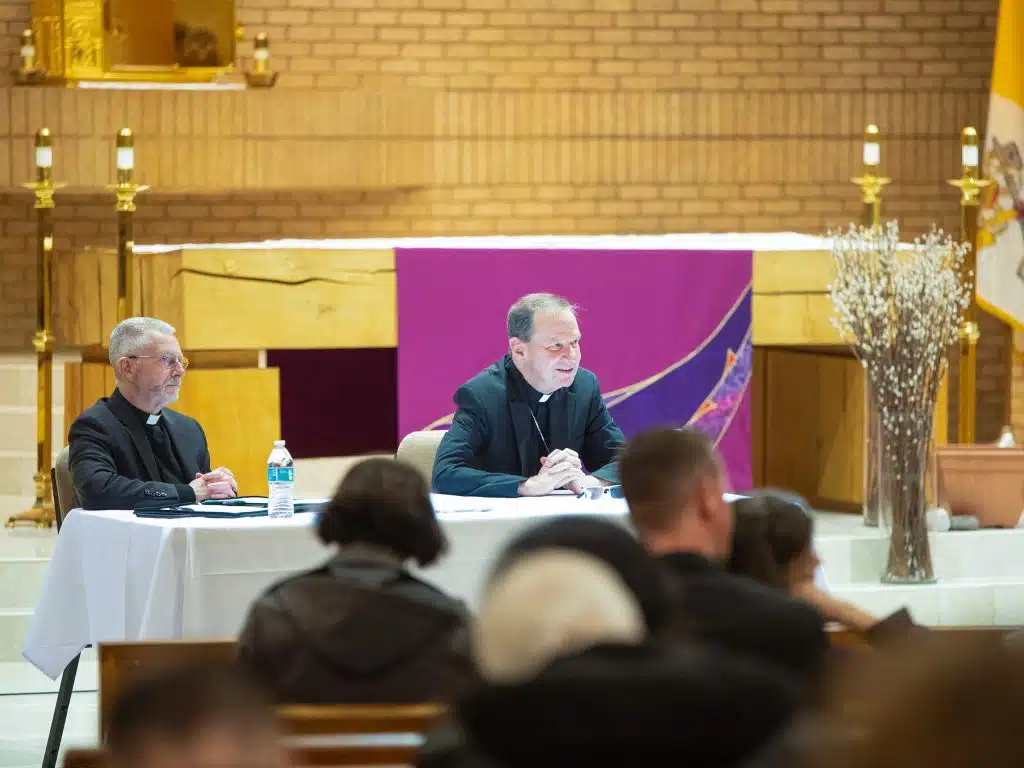Students at St. Thomas More Cathedral School in Arlington are
embarking on an exciting project to learn about space and
engineering. Their mission: build and launch a satellite into
orbit.
As part of a three-year project, with assistance from NASA
engineers, students will build a “CubeSat,” a miniature
satellite used for space research. The CubeSat –
approximately 4 inches long and 3 pounds – is scheduled to be
launched by 2014 from either a rocket or the International
Space Station. Once launched, the satellite will collect
photos and data that will be used internationally for
education and research purposes. On average, CubeSats stay in
space for three months, although some have remained in orbit
for three years.
Currently more than 60 high schools and universities
participate in the CubeSat program. St. Thomas More will be
the first elementary school in the world to participate in
the project.
“Usually these are built by universities or even grad
students, so it’s quite remarkable that we’re trying to do
this with grade school students,” said Joe Pellegrino, a NASA
mission manager and St. Thomas More parent who suggested the
project for the school.
“During the course of my career, I’ve built satellites and I
thought that the CubeSat would be something achievable the
kids could perform that would really get them interested in
science and space,” he said.
Before the satellite can be launched, it must be carefully
constructed and outfitted with two cameras. The satellite
also must be tested in a wide range of conditions, including
cold, heat, vibrations and high air pressure. At the end of
this school year, students will use weather balloons to
conduct a high-altitude test of the CubeSat in the school
parking lot.
Computer teacher Melissa Pore is helping coordinate the
program.
“It’s very exciting and excitement spurs learning, spurs hard
work,” she said. “I have girls and boys of all ages that are
coming to tell me they’re doing things on the weekend,
building, designing, shooting rockets, going to museums, and
wanting to learn more with their families.”
Through the project, she believes students will learn science
in a different way.
“They’re going to learn to solve real-world problems in a
collaborative environment, they’ll seek and explore and
discover to learn,” she said. “They will learn through trial
and error their own research and data collection, their own
assumptions and conclusions will drive the direction they go
with it.”
Every student in the school has been given a specific role
for the project – everything from publicizing the project
with drawings and photos to constructing, testing and
recording data.
Seventh-grader Conor O’Connor is on the testing and
integration team. As part of his job, he will schedule all
the tests for the CubeSat. He is most excited about the
satellite’s asteroid detection camera, which will track and
document asteroids.
“I think we’ll learn a lot more about the engineering and
technology aspects of space travel and how hard it really is
to put up a satellite, even if it is just 4 by 4 (inches),”
O’Connor said.
As the missions operations manager, seventh-grader Creighton
Quaadman will oversee what his fellow classmates are working
on. He believes students will learn a lot about teamwork and
collaboration.
“It’s a chance for our school to be involved in doing space
activities and having this great opportunity to work together
and do a lot of great things,” he said. “This shows that
anything’s possible, that dreams are possible if you put your
minds to it, and that teamwork is the solution.”
Both students are excited that something they build will be
in space.
“It’s a great thing to have your school in the history
books,” Quaadman said. “I’ll be (in high school) when it’s
launched but it’s a great thing to know that I was in the
school when the satellite was being built. Not a lot of
people can say that.”
“It’s really awesome just thinking about it,” said O’Connor.
“Basically we’re up with like Neil Armstrong, sending stuff
into space.”
The school’s CubeSat project is supported in part by a
$10,000 donation from ATK Space Systems. Other space industry
donors have contributed necessary equipment like solar panels
and cameras.
Vicki Cox is a senior communications manager with ATK.
She believes the project will be effective because “it’s
interactive, it’s hands-on learning for the students and it’s
something that they’ll remember for a lifetime.”
Pellegrino hopes the project will encourage more students to
pursue careers in science, technology and engineering.
“There is a genuine need for American engineers and
scientists,” he said. “It’s a real need, and for me, the
mission success will be if some of these students decide to
be engineers or scientists. It was a teacher that got me
interested in engineering in third grade and that led to a
satisfying and rewarding career in the space industry, so if
we can inspire some of these young kids through this activity
to pursue careers in science and engineering, for me, that’s
the main purpose of this.”
Bahr can be reached on Twitter @KBahrACH.
